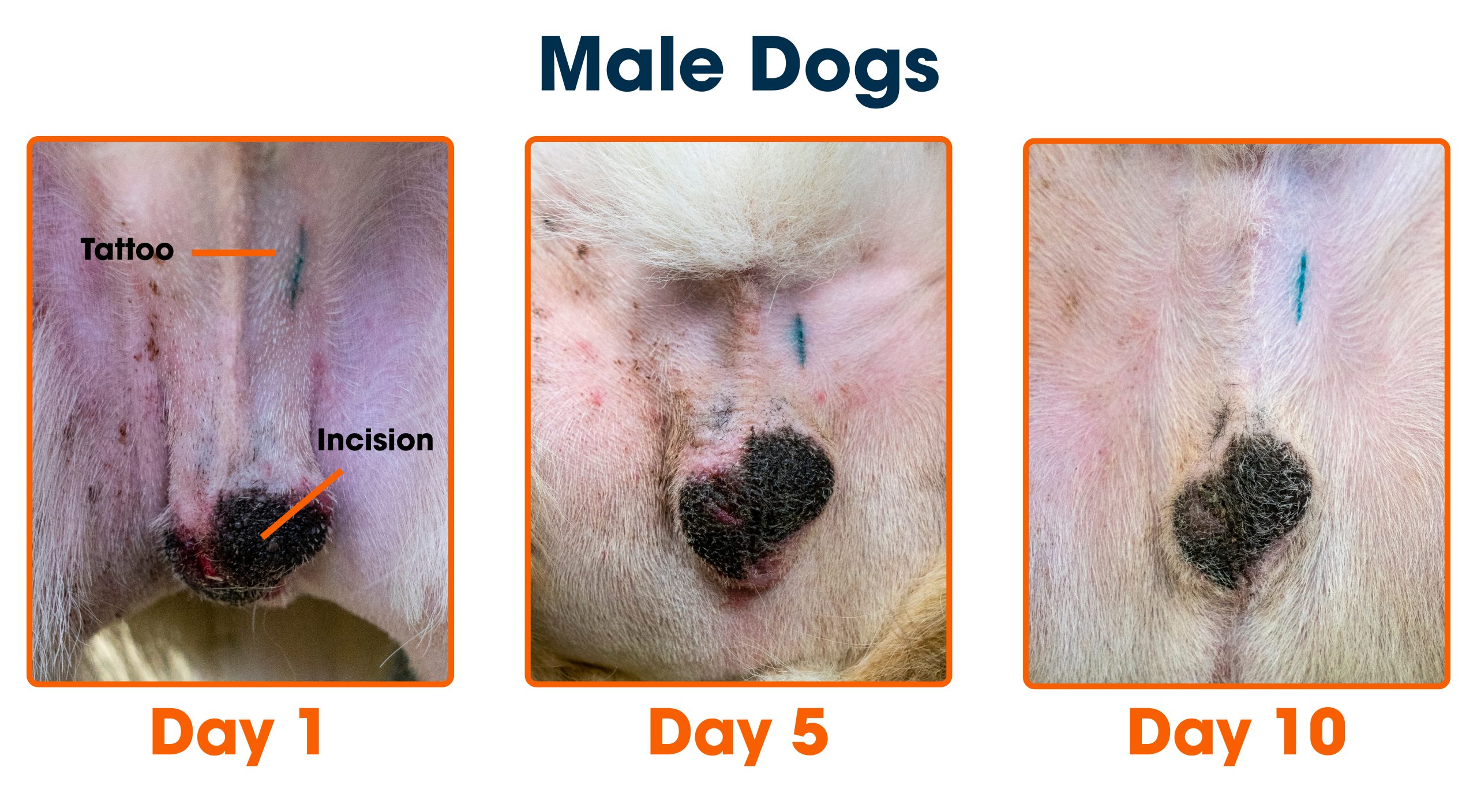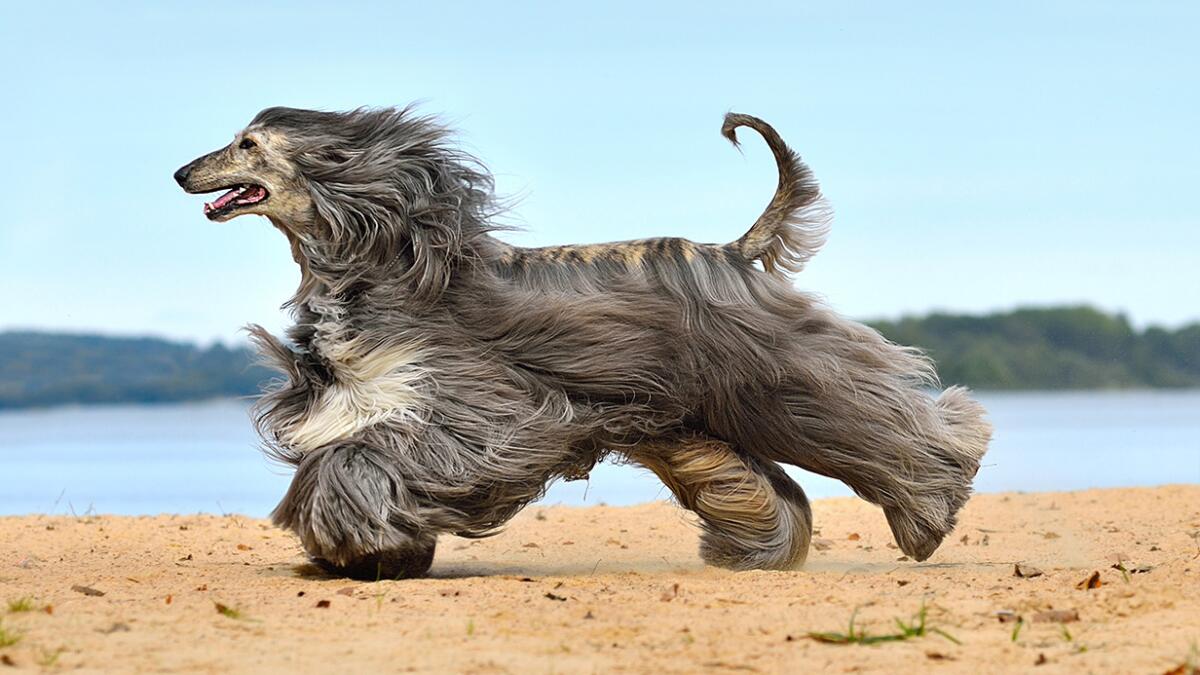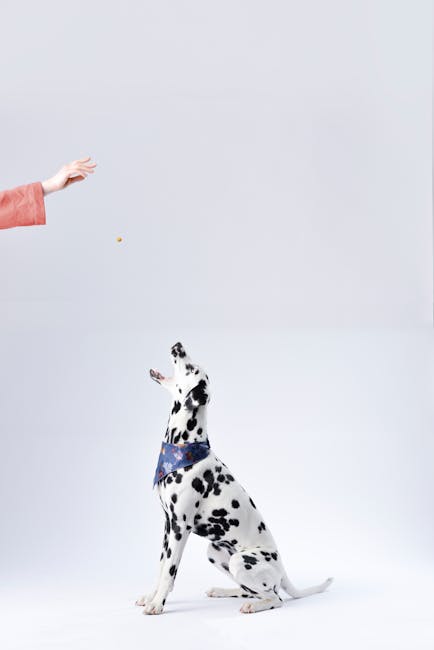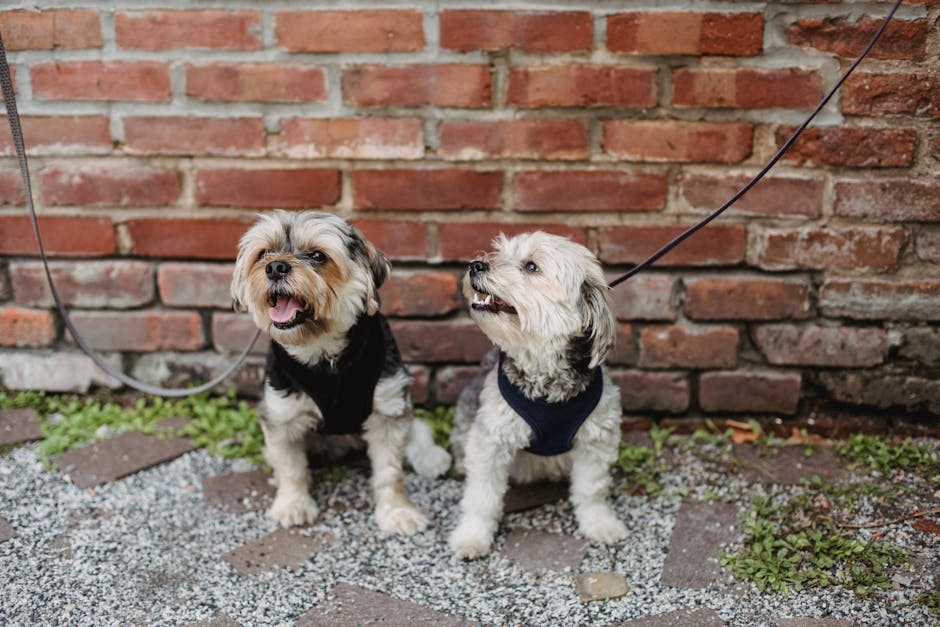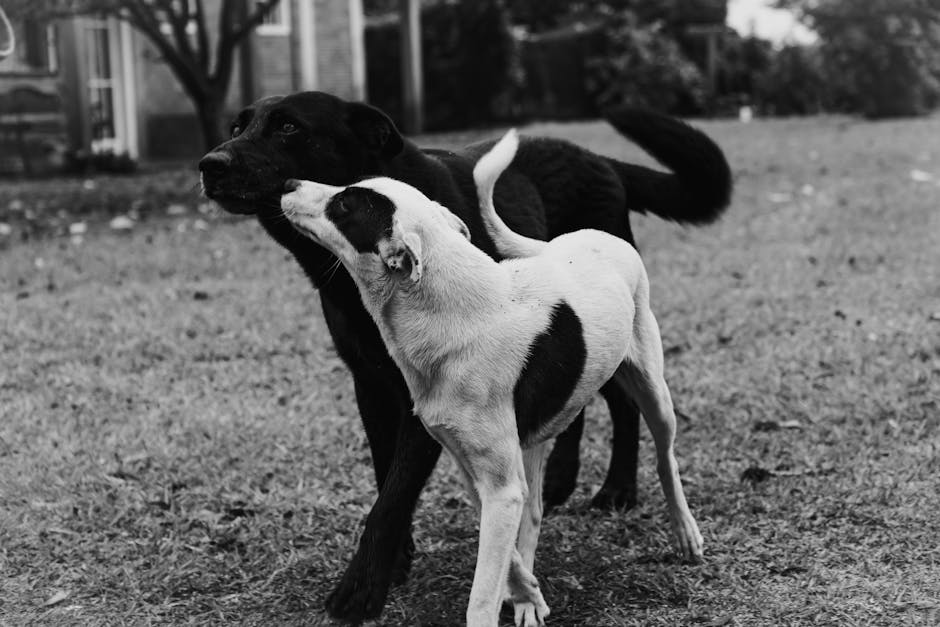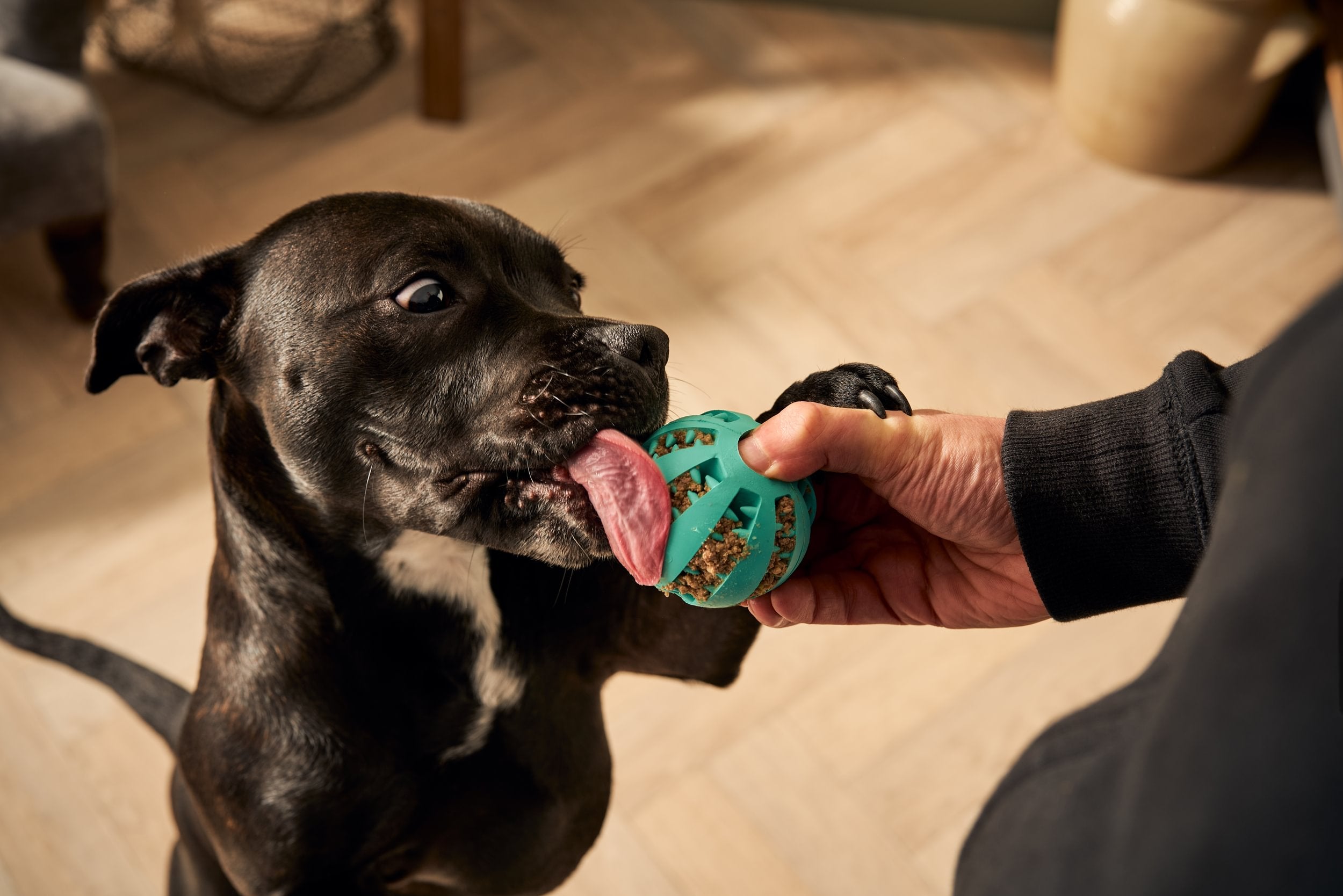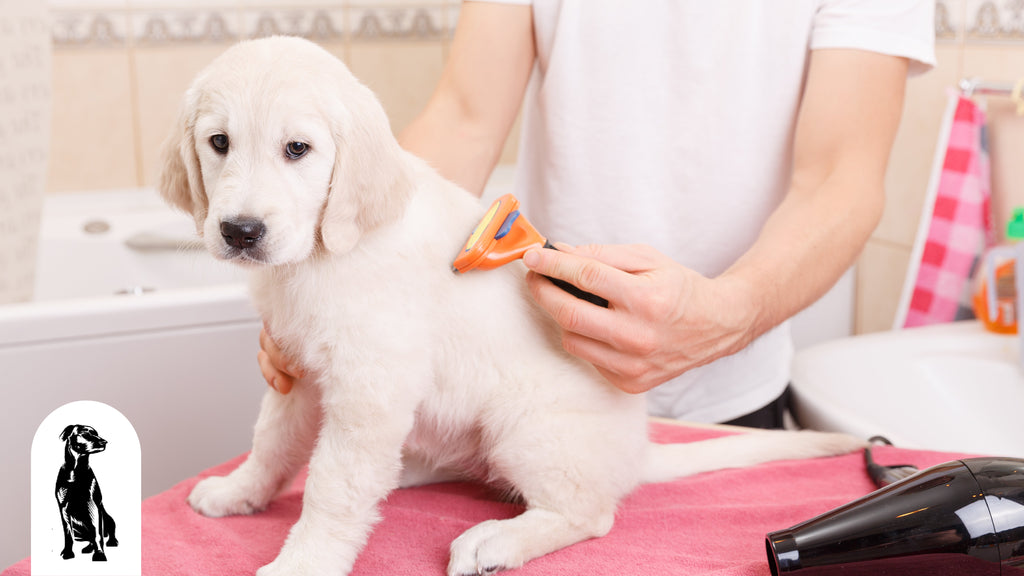Grooming your dog at home might seem tricky, but it doesn’t have to be. Imagine saving money, bonding more with your furry friend, and keeping them looking their best—all without stepping into a salon.
You might wonder where to start or worry about making mistakes. This guide will show you simple, step-by-step ways to groom your dog safely and effectively. By the end, you’ll feel confident and ready to give your dog the care they deserve, right in your own home.
Keep reading to discover how easy and rewarding it can be!
Choosing The Right Tools
Choosing the right tools for grooming your dog at home makes all the difference in comfort and results. The right equipment helps you handle your dog safely and keeps grooming stress-free. It also protects your dog’s coat, skin, and nails, ensuring every session is a positive experience.
Brushes And Combs
Selecting the right brush or comb depends on your dog’s coat type. For example, slicker brushes work well on long or curly coats, while bristle brushes suit short-haired breeds. A good comb helps detangle and remove loose fur; look for one with rounded teeth to avoid scratching your dog’s skin.
Think about your dog’s sensitivity too. If your dog dislikes brushing, a softer brush might keep them calm. Have you noticed your dog’s coat matting quickly? Regular brushing with the right tool reduces knots and shedding.
Shampoo And Conditioner
Choose shampoos made specifically for dogs to protect their skin’s natural oils. Avoid human shampoos as they can cause dryness or irritation. If your dog has sensitive skin, look for hypoallergenic or oatmeal-based formulas.
Conditioners can add shine and make brushing easier by softening the coat. Use them sparingly, especially if your dog has a naturally oily coat. Have you tried a shampoo and conditioner combo? It might simplify your grooming routine.
Nail Clippers And Files
Proper nail care prevents discomfort and injury. Use sharp nail clippers designed for dogs; dull clippers can crush nails and cause pain. Guillotine-style clippers are great for small dogs, while scissors-style work better for larger breeds.
After clipping, smooth rough edges with a nail file. This step reduces the chance of nails snagging on fabrics or flooring. Wondering how often to trim? Usually every 3-4 weeks keeps nails healthy without over-cutting.
Trimmers And Scissors
Trimmers are essential if your dog has a thick or long coat that needs shaping. Choose quiet, low-vibration models to avoid startling your dog. Scissors are perfect for detailed work around the face, paws, and ears.
Keep scissors sharp and rounded-tipped to prevent accidents. If you’re new to trimming, practice on a small area first. How comfortable are you with trimming? Starting slow builds confidence for future grooming sessions.

Credit: smart.dhgate.com
Preparing Your Dog
Preparing your dog for grooming sets the stage for a smooth and calm experience. Taking time before grooming helps your dog feel safe and relaxed. This preparation reduces stress and makes grooming easier for both of you.
Creating A Comfortable Environment
Choose a quiet, well-lit area for grooming. Keep the space warm and free from distractions. Use a non-slip mat to prevent slipping during grooming. Gather all grooming tools before starting. This keeps the session smooth and less stressful.
Calming Techniques
Speak softly to soothe your dog’s nerves. Gentle petting can help your dog feel safe. Try short grooming sessions to avoid overwhelming your dog. Offer treats to reward calm behavior. Play soft music or use calming scents like lavender to relax your pet.
Assessing Your Dog’s Coat
Check your dog’s coat for mats, tangles, and dirt. Note areas with sensitive skin or wounds. Identify the type of coat: short, long, curly, or double. This helps choose the right brushes and grooming methods. Regular checks keep your dog’s coat healthy and shiny.
Bathing Your Dog
Bathing your dog at home is a key part of pet care. It helps keep your dog clean and healthy. A good bath removes dirt, loose hair, and odors. It also lets you check your dog’s skin for any problems. Bathing can be a calm and bonding time for you and your dog.
Temperature And Water Safety
Use lukewarm water to bathe your dog. Water that is too hot or cold can cause discomfort. Test the water with your hand before starting. Keep water away from your dog’s ears and eyes. Use a gentle spray or cup to wet your dog. Always watch your dog’s reaction to water.
Lathering Techniques
Choose a shampoo made for dogs. Human shampoos can irritate their skin. Apply shampoo evenly from neck to tail. Gently massage the shampoo into the coat. Use circular motions to create a good lather. Avoid scrubbing too hard to prevent skin irritation. Pay special attention to dirty areas like paws and belly.
Rinsing Properly
Rinse your dog thoroughly to remove all shampoo. Leftover shampoo can cause itching and dryness. Use clean, lukewarm water to rinse. Make sure no soap remains under the fur. Check hard-to-reach areas like under the legs. Gently squeeze excess water from the coat after rinsing. Dry your dog well with a towel or dryer.

Credit: www.youtube.com
Drying Techniques
Drying your dog after a bath is more than just a routine task—it’s essential for their comfort and coat health. How you dry can affect your dog’s skin and fur texture, so choosing the right technique matters. Let’s look at effective ways to dry your dog safely and efficiently at home.
Towel Drying
Towel drying is the first and gentlest step after a bath. Use a large, absorbent towel to gently press and rub your dog’s fur. Avoid vigorous rubbing, as it can cause tangles or irritate the skin.
Focus on areas that hold water, like under the belly and behind the ears. If your dog has a thick coat, you might need multiple towels. Do you notice how some dogs seem to enjoy the towel rub while others shy away? This can tell you how sensitive their skin might be.
Using A Hairdryer Safely
A hairdryer can speed up drying but must be used carefully. Choose a dryer with adjustable heat and speed settings to avoid overheating your dog’s skin. Keep the dryer moving constantly and hold it at least 6 inches away from the fur.
Start with the coolest setting and only increase if your dog remains comfortable. If your dog shows signs of stress, stop and switch to towel drying. Remember, some dogs have sensitive ears—avoid blowing air directly into them.
- Use a quiet hairdryer to reduce anxiety.
- Brush your dog while drying to prevent mats.
- Never leave your dog unattended with a hairdryer on.
Have you noticed how your dog reacts to different drying methods? Observing their comfort can guide you in choosing the best approach every time.
Brushing And Combing
Brushing and combing your dog is an essential part of home grooming. It keeps your pet’s coat clean and healthy. Regular brushing removes loose hair and dirt. It also helps spread natural oils for a shiny coat.
Different dog breeds have different fur types. Knowing how to brush and comb properly protects their skin. It also prevents mats and tangles that can cause discomfort. This section explains how to detangle knots and choose the right brush for your dog.
Detangling Knots
Knots can hurt your dog if left untreated. Start by gently holding the fur near the skin. Use a wide-tooth comb or your fingers to loosen the tangle. Work from the edges towards the center of the knot. Take your time to avoid pulling or hurting your dog.
For stubborn knots, spray a detangling solution or conditioner. This makes the fur softer and easier to comb. Patience is key. Break large mats into smaller sections before removing them.
Using The Right Brush
Choosing the right brush depends on your dog’s coat type. Here are common brush types and their uses:
- Bristle Brush:Best for short-haired dogs. Removes loose fur and dirt.
- Slicker Brush:Ideal for long or curly coats. Helps remove mats and tangles.
- Pin Brush:Suitable for medium to long hair. Gently smooths the coat.
- Undercoat Rake:Perfect for dogs with thick undercoats. Removes dead hair beneath the topcoat.
Use gentle strokes in the direction of hair growth. Avoid brushing too hard to prevent skin irritation. Regular brushing keeps your dog comfortable and their coat looking great.
Trimming And Clipping
Trimming and clipping your dog’s fur keeps them comfortable and clean. Regular grooming stops mats and tangles from forming. It also helps spot skin problems early. Using the right tools and techniques makes the process safe and easy.
Safe Clipping Practices
Choose clippers designed for pets with sharp, clean blades. Check blades often for dirt or hair buildup. Use a slow, steady motion to avoid cuts or pulling. Keep the clipper blade flat against the fur. Avoid pressing too hard on the skin. Clip in the direction of hair growth for a smooth finish. Give your dog short breaks to stay calm.
Tidying Up Around Sensitive Areas
Focus on the face, paws, and belly with extra care. Use scissors with rounded tips for safety. Trim fur around eyes to improve vision and comfort. Cut hair between paw pads to prevent slipping. Be gentle near ears and genitals to avoid injury. Hold the skin taut to prevent accidental nicks. Work slowly and praise your dog often.
Nail Care
Keeping your dog’s nails trimmed is more than just a cosmetic task. Overgrown nails can cause discomfort, pain, and even lead to joint problems. Nail care at home can be simple and stress-free once you understand the basics and get comfortable with the tools.
Identifying The Quick
The quick is the sensitive part inside your dog’s nail that contains blood vessels and nerves. Cutting into the quick causes pain and bleeding, so it’s crucial to identify it before trimming.
In dogs with light-colored nails, the quick is usually visible as a pinkish area. Dark nails make it trickier—you need to look for a chalky white ring near the tip and avoid cutting into that area.
Have you noticed your dog flinching during nail trims? It might be because you accidentally clipped the quick. Taking the time to find it helps keep your dog calm and builds trust for future grooming sessions.
Clipping Techniques
- Use sharp, proper nail clippers:Dull clippers crush nails instead of cutting cleanly, causing discomfort.
- Hold the paw firmly but gently:This reduces movement and helps you see the nails clearly.
- Clip small sections:Instead of trying to cut the whole nail at once, trim bit by bit to avoid hitting the quick.
- Angle the clipper slightly:Cut at a slight angle following the nail’s natural curve to maintain shape and prevent splitting.
- Stop if you see a pink dot:This signals you are near the quick—stop cutting immediately to avoid pain.
Using these techniques, nail trimming can become a quick and comfortable routine for you and your dog. Remember to reward your pet after each session—positive reinforcement goes a long way in making nail care a positive experience.

Credit: www.youtube.com
Ear And Eye Maintenance
Keeping your dog’s ears and eyes clean is crucial for their health and comfort. These areas are sensitive and prone to infections if not cared for properly. Regular maintenance helps catch problems early and keeps your furry friend happy.
Cleaning Ears Safely
Use a vet-approved ear cleaner to avoid irritation. Gently apply the solution to a cotton ball—never use cotton swabs inside the ear canal, as they can cause damage.
Wipe the visible part of the ear with the cotton ball, removing dirt and wax buildup. If your dog shows signs of discomfort or resistance, stop and try again later to avoid stress.
Have you noticed a strong odor or excessive wax? These might be signs your dog needs a professional checkup.
Checking For Irritations
Look closely for redness, swelling, or discharge around the eyes and ears. These symptoms often indicate infections or allergies that need attention.
Check if your dog is scratching or rubbing these areas more than usual. Persistent irritation can lead to wounds or secondary infections.
Keep a log of any recurring issues and share it with your vet. Early detection can prevent costly treatments and keep your dog comfortable.
Handling Difficult Dogs
Grooming a dog that resists can test your patience and skills. Difficult dogs often react out of fear or discomfort, making the process harder than it should be. Understanding how to handle these moments calmly can turn grooming into a positive experience for both you and your pet.
Patience And Reassurance
Your dog can sense your emotions, so staying calm is crucial. Speak softly and use gentle touches to help your dog feel safe. If your dog tenses or tries to pull away, pause and give them a moment to relax before continuing.
Try breaking the grooming session into short segments. This prevents overwhelming your dog and allows you to build trust step by step. Have you noticed your dog relax more after a short break?
Using Treats As Incentives
Treats are powerful tools to encourage cooperation during grooming. Offer small, tasty rewards when your dog allows brushing or nail trimming without fuss. This helps your dog associate grooming with positive outcomes.
Be sure to use treats immediately after good behavior. This timing reinforces the connection clearly. What kind of treats does your dog find irresistible enough to stay still?
- Choose healthy, bite-sized treats to avoid overfeeding.
- Use treats to reward calm behavior, not just obedience.
- Gradually reduce treats as your dog becomes more comfortable.
Frequently Asked Questions
How Often Should I Groom My Dog At Home?
Groom your dog every 4 to 6 weeks to maintain cleanliness and health. Regular grooming prevents matting and skin issues. Frequency varies by breed and coat type. Short-haired dogs need less grooming, while long-haired dogs require more frequent care.
What Essential Tools Do I Need For Dog Grooming?
Basic grooming tools include a slicker brush, comb, nail clippers, shampoo, and a towel. For longer coats, use a de-matting tool. Proper tools make grooming safer and more effective. Always choose tools suited for your dog’s size and coat.
How Can I Safely Trim My Dog’s Nails At Home?
Use sharp, dog-specific nail clippers. Trim small amounts to avoid hitting the quick. Hold the paw firmly and clip slowly. If unsure, trim a tiny bit weekly to avoid discomfort. Reward your dog to create positive associations.
What Is The Best Way To Bathe My Dog At Home?
Use lukewarm water and dog-friendly shampoo. Wet your dog thoroughly, apply shampoo, and lather gently. Rinse completely to avoid irritation. Dry your dog with a towel or low-heat dryer. Bathing every 4 to 6 weeks keeps skin healthy.
Conclusion
Grooming your dog at home keeps them healthy and happy. Regular brushing removes dirt and loose hair. Bathing helps your dog feel fresh and clean. Cutting nails prevents discomfort and injury. Check ears and teeth for signs of trouble. Use gentle tools made for dogs.
Patience and care make grooming easier for both of you. Enjoy this time to bond with your pet. Your dog will thank you with love and trust. Start small, and soon grooming will be part of your routine.

